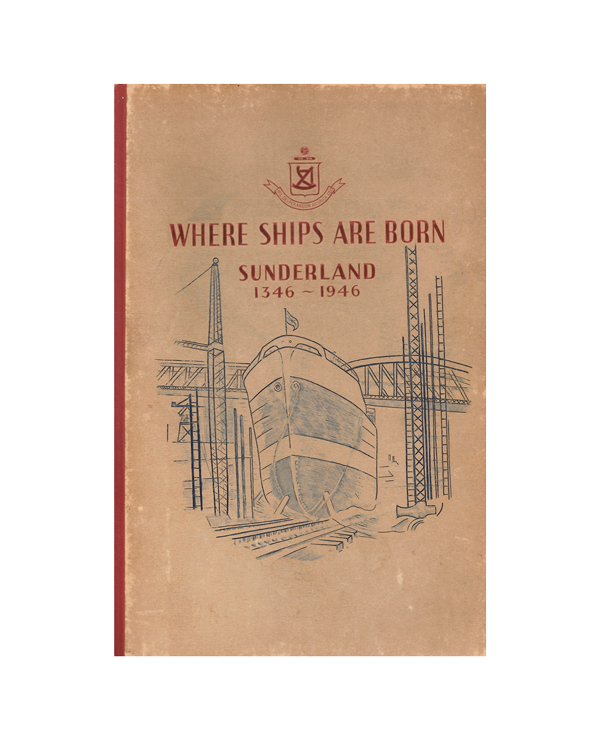Description
The shipyards of which British shipbuilding town, launched the greatest tonnage and number of ships in 1945? Glasgow? Greenock ? Belfast? Birkenhead? Or one of the shipbuilding communities on the Tyne? The answer is “none of them” .The record breaker was Sunderland on the river Wear in County Durham. The history of shipbuilding on the Wear has perhaps been a little neglected because while some well- known names like Doxford and Laing were involved much of the output came from a number of smaller yards whose production of coasters, colliers, fishing vssels and tramps out-weighed that of the bigger firms. Between September 1939 and the end of 1944, no less than 27% of the 5,722532 gross tons of shipping emanating from British yards came from the Wear.
It is a very complicated story not very well told. There is no index or map and the book reads rather like a series of local newspaper articles intended for a general audience. For instance in the chapters dealing with the period prior the 19th century it is sometimes difficult to tell if boatbuilders or shipbuilders are being referred to. Also when the authors state that the first steamship was not seen in the north east until 1840 one does wonder about their standard of historical accuracy.
When it came to the transition from wood to iron then to steel and from sail to steam, the Wear seems to have been about five years behind everyone else. The river did gain a reputation for building composite clippers although again a bit late most- of them became employed in the Australian wool trade rather than the tea races that ended with the opening of the Suez Canal handing the sped advantage to steamers. Among the better known Wear built ships was the “Torrens” launched by Laings in 1875. Joseph Conrad served in her as second mate, 1891-3.
Doxford pioneered the design of the “Turret” merchant vessel and developed a compact powerful heavy oil engine with opposed pistons that was a world beater for many years. In fact Doxfords was the last Wear yard to close in 1988 although by that time the company itself had been forced into a conglomeration in a doomed attempt to save the British shipbuilding industry.
This book does have good features containing much information difficult to obtain elsewhere, but it is a starting point for researching the history of shipbuilding on the Wear, not the last word.
PREVIEW BELOW – MAY TAKE A WHILE TO LOAD.

Reviews
There are no reviews yet.